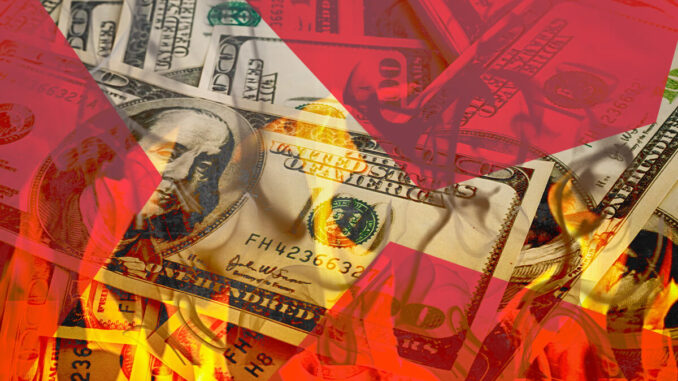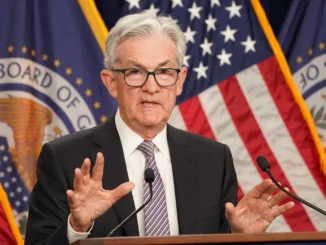
With the Federal Reserve meeting on Wednesday to discuss the federal funds rate, all eyes have been on May’s Consumer Price Index inflation data. After recording a 4.9% annual increase in April, the CPI rose just 4.0% year over year in May, before seasonal adjustment, according to data released Tuesday by the Bureau of Labor Statistics (BLS).
This is the smallest 12-month increase since the year ending March 2021 and the 11th consecutive month of inflation declines.
The Fed has repeatedly stated that 2.0% is its target for the yearly inflation rate, though it’s unclear if the monetary policymakers will pursue the policy given the likelihood of a recession with further rate hikes.
Indexes that contributed to the annual increase in May were food (+6.7%), motor vehicle insurance (+17.1%), recreation (+4.5%), household furnishings and operations (+4.2%), and new vehicles (+4.7%).
Shelter, which is the largest category, also posted a sizable increase, rising 8.0% year over year (down from 8.1% in April) and accounting, yet again, for 60% of the total increase in the all items less food and energy index which was up 5.3% compared to May 2022.
But that shelter inflation figure is misleading. The BLS’s CPI metric lags asking rents because the CPI measures in-place rent, and because most renters see a change only once per year, the index lags significantly from asking rents on new leases. Peak rent inflation was between May 2022 and February 2023, but has declined in subsequent months and is expected to continue to do so.
“Inflation calmed down in May, and further deceleration looks likely in the upcoming months,” said Lawrence Yun, chief economist of the National Association of Realtors. “It also marks the first month in two years that wage growth outpaced consumer price inflation, improving the average standard of living. Moreover, low inflation means that the Federal Reserve should stop raising interest rates and possibly slash rates towards the year-end or early next year. The yield on the 10-year Treasury is responding positively with a rate decline to 3.7%. That normally means the 30-year mortgage rate is around 5.5% to 5.7%.”
Also aiding in lower inflation figures in May was falling energy costs. For the third consecutive month, the energy index recorded a significant decrease, falling 11.7% compared to a year prior, with the gasoline index dropping 19.7% year over year.
“This is the most closely-watched inflation report in more than a year as the Federal Reserve gets set to meet later this week to decide whether sufficient improvement has been made on inflation to allow them to pause rate hikes,” Lisa Sturtevant, the chief economist at Bright MLS, said in a statement. “For months, home prices and rents have been declining, which would eventually lead to lower overall inflation. However, the housing market continues to show signs of resiliency and prices may have bottomed out across much of the country.”
Compared to April, the CPI recorded a smaller monthly increase, rising 0.1% in May, compared to 0.4% a month prior. Shelter, of course was a major contributor to the monthly increase, rising 0.6% month over month, as the indexes for rent and owner’s equivalent rent both rose 0.5% from April. Other components that contributed to the increase were food, which rose 0.2% month over month after remaining unchanged for two months, and used cars and trucks, which rose 3.2% compared to a month prior. The energy index, meanwhile, fell 3.6% from April, as all major energy component indexes fell.
Despite inflation remaining above the Fed’s target, industry experts believe the Fed will most likely make the decision to pause rate hikes at Wednesday’s meeting.
“We think the Federal Open Market Committee is likely to maintain its 2% target,” a Goldman Sachs’ economic research report read. “That said, if core PCE inflation falls to 2.5% this cycle, we doubt that the FOMC would have much appetite for any further hawkish policy moves that might risk causing a recession just to get the rest of the way to 2%.”
However, economists warn that a rebound in the housing market could complicate things for the Fed.
“The May inflation data and the data on home prices and rents could lead them to deliberate a June rate hike,” Sturtevant said.



